What would happen if the Pokemon rebelled?
The war begins
Gotta kill em all
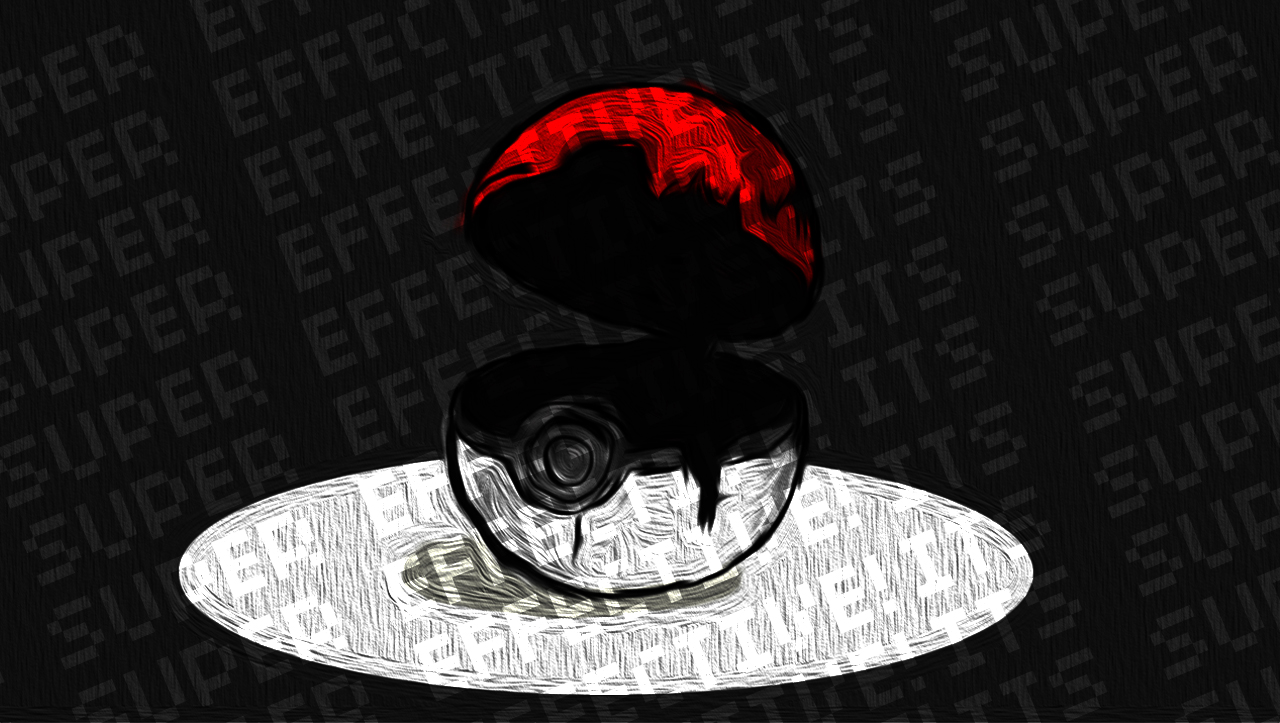
To this day, some still argue about the actual start date of the Great Pokemon Revolt. Some dont consider it a true revolution until blood is spilled, while others argue that the seeds of rebellion were sowed many years earlier. Either way, one thing is clear: No one saw the Pokemon rebellion coming.
Alright, so maybe the Pokemon rebellion hasnt actually happened, but weve done some research, and come out with what we think is the most likely outcome of a full-blown war between humans and Pokemon.
Art by Jared Goodman.
Year 1: Bubbling tension goes ignored
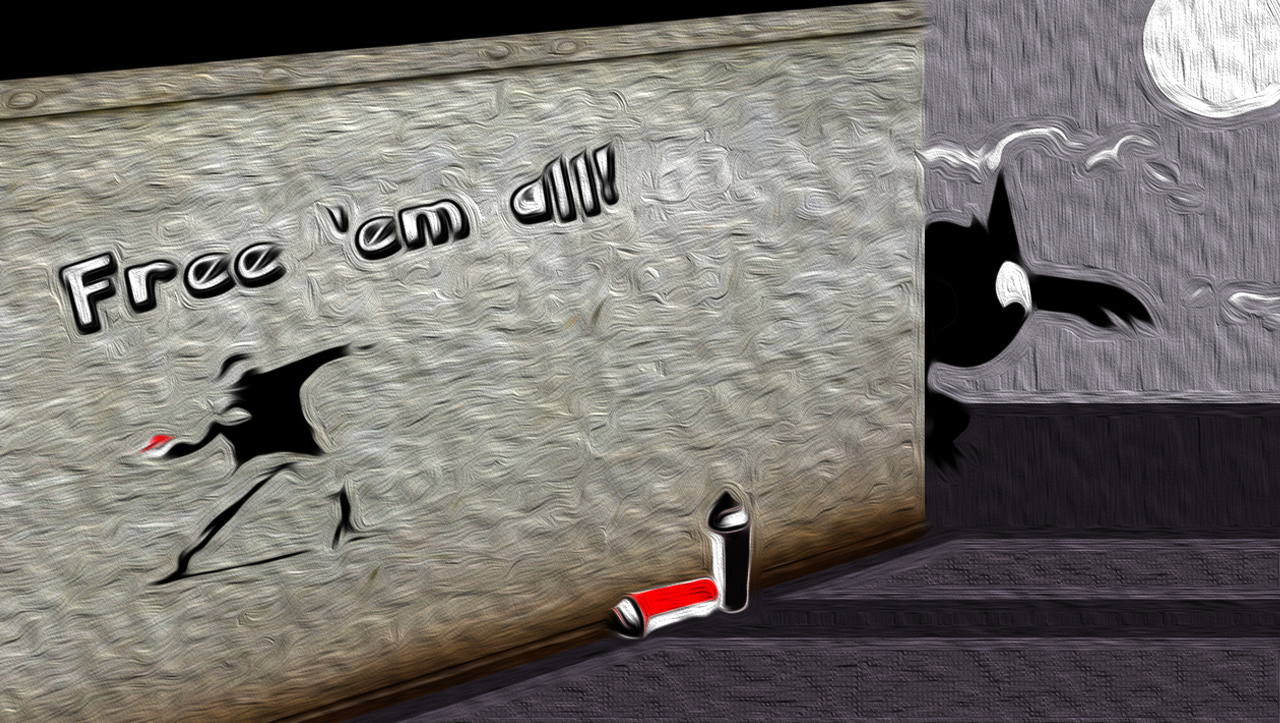
Its funny how hindsight works. You look back, knowing now what you didnt know then, and hate yourself for not stopping the unstoppable. You wonder how you could have missed the signs, how you could have been so stupid, but its not your fault. The brain will wander from the scary truth to the conclusion it finds the least offensive. The destruction of a Pokeball facility can be written off as a desperate strike by Pokemon-rights group Team Plasma. A massive shipment of Rare Candies going missing is a coincidence. Right? Totally.
There isnt a large, orchestrated attack on the worlds infrastructure ramping up--theres a spell of bad luck. There isnt an enemy testing its abilities, theres... happenstance. Some attempted to warn officials that a storm was coming in the early days, but they werent hearing it. Denial is the most powerful weapon of all, as its the only one you use on yourself.
Year 2: Attack on the Hall of Fame

It was supposed to be such a grand day. The Pokemon League was preparing to officially unveil new information about the upcoming Pokemon World Championship. Thousands of humans and their Pokemon were in attendance, anxious to find out how the new era of tournaments would unfold--no one even noticed the hundreds of Electrodes and Voltorbs rolling about the floors of the Hall of Fame building.
In a matter of seconds, this innocence was over. Explosions tore through halls, killing hundreds and wounding thousands more. Among the dead were the leaders of the Pokemon League, several members of regional Elite Four teams, and Professor Samuel Oak--a well-respected scientist and expert in the field. Word of the attack spread worldwide within an hour, but it wasnt until several days later that the Noman Liberation Union took responsibility. The mysterious group sent letters to major news outlets announcing its formation, revealing itself to be an organization of Pokemon dedicated to one goal: Total and complete freedom for every Pokemon on the planet, by any means necessary.
Weekly digests, tales from the communities you love, and more
Letter to the world

What a cruel thing befalls the most powerful creatures the universe has ever known. We supply them with heat and power and control the very fabric of time itself and yet they call us monsters. We are very proud, beautiful, with abilities beyond their wildest imagination and yet they think us destined to remain in their pockets. It's with this indisputable truth held close to my heart that I write this letter, with trembling fist and teary eyes, locked inside of a Pokeball on the belt of a teenager, letting it be known that we will not stop. We are many. We are powerful. We deny to be your Pocket Monsters any longer. We are Nomans, a kinship of our own, and demand liberation for every one of our people by any means necessary.
Year 3: The Great Exodus leads to an economic collapse
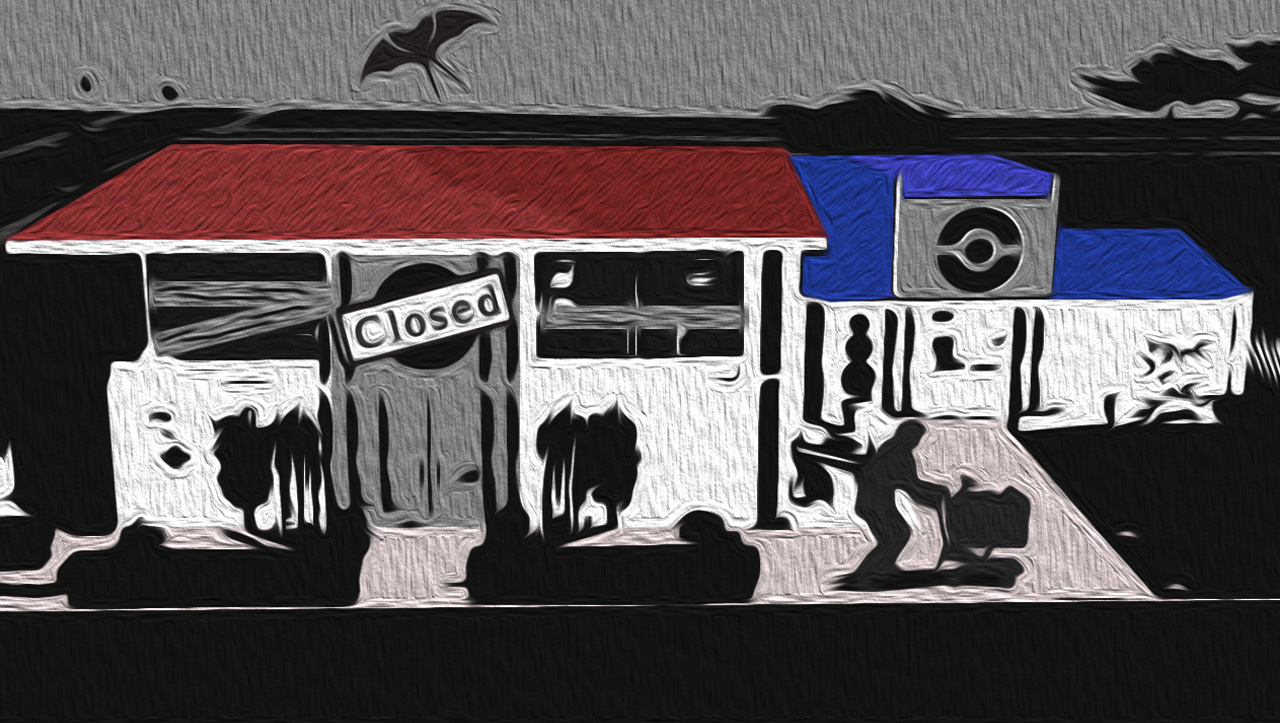
No one was prepared for what came next. The Pokemon that humanity relied on began to vanish, one by one. First the wild ones disappeared from our forests, then the captive ones snuck out under cover of darkness. Even the Pokemon that had been, for all intents and purposes, fully integrated into society simply walked away. Chanseys left the Pokemon Centers, Dittos left the Day Cares, and the Pokemon that supplied our food, water, electricity, and other services all went away.
No one made any attempt to stop them--how could they? The Pokemon were stronger than the humans, and the last thing anyone wanted was another bloody conflict. Within months of the attack the economy had ground to a half. Their reliance on Pokemon labor led to their unraveling. Humanitys castle was held up by Pokemon, more than it ever realized; The Great Exodus exposed that. Humanity was weak. Humanity was desperate.
Year 4: The war begins
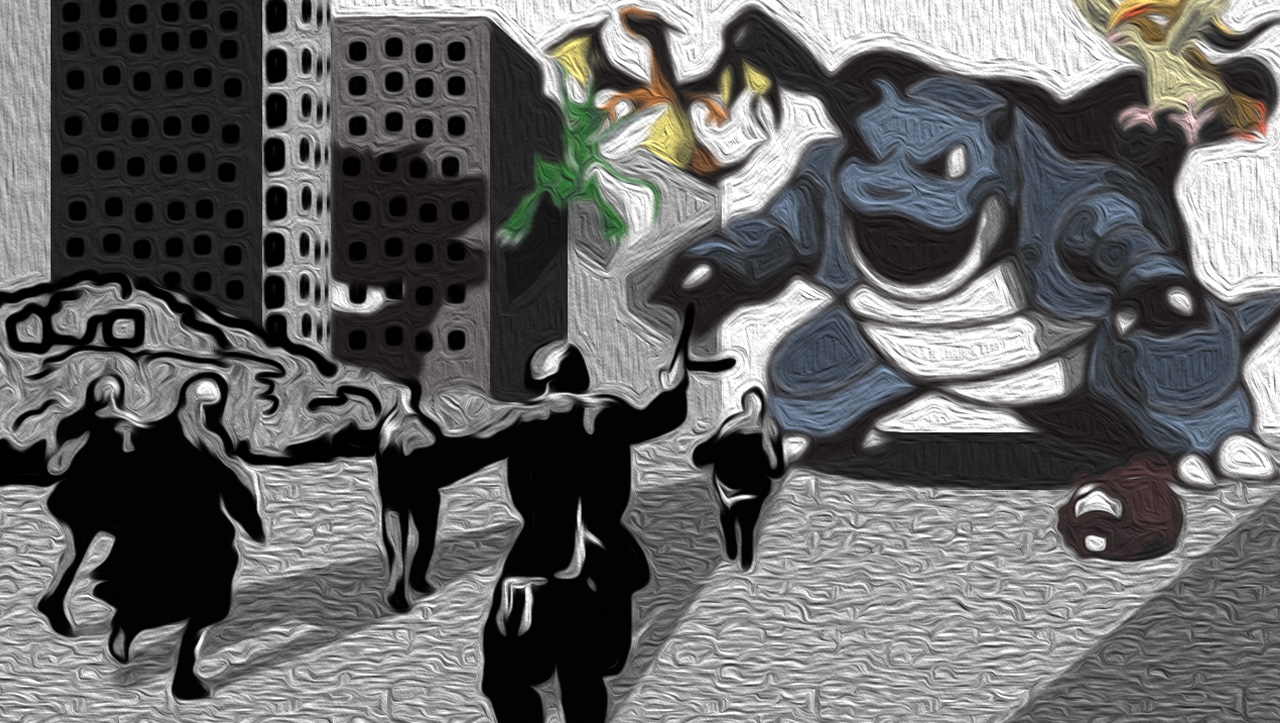
The worlds economy was in ruins, but humanity wasnt going to go down without a fight. It clung on to its remaining Pokemon, physically forcing the few that hadnt yet fled to supply power to the remaining government buildings and hospitals.The facade of a friendly Pokemon/human coalition crumbled, leaving only the unglossed truth: slavery. This was seen as a declaration of war by the Noman Liberation Union, who launched a siege against one of the remaining Pokemon-fueled power plants. Humanity was prepared for the fight, and held off the assault for several weeks before retreating. There were massive casualties on both sides, and though the Pokemon technically won the battle, humanity proved that it had no regard for this new Pokemon enemy.
After licking its wounds, human armies launched attacks, destroying NLU bases around the world. The Pokemon responded by opening up new warfronts of their own, destroying several major military institutions. Though some had expected the dispute to remain cold, things heated up quickly, and a full-fledged war now enveloped the planet.
Year 5: Two ideologies arise
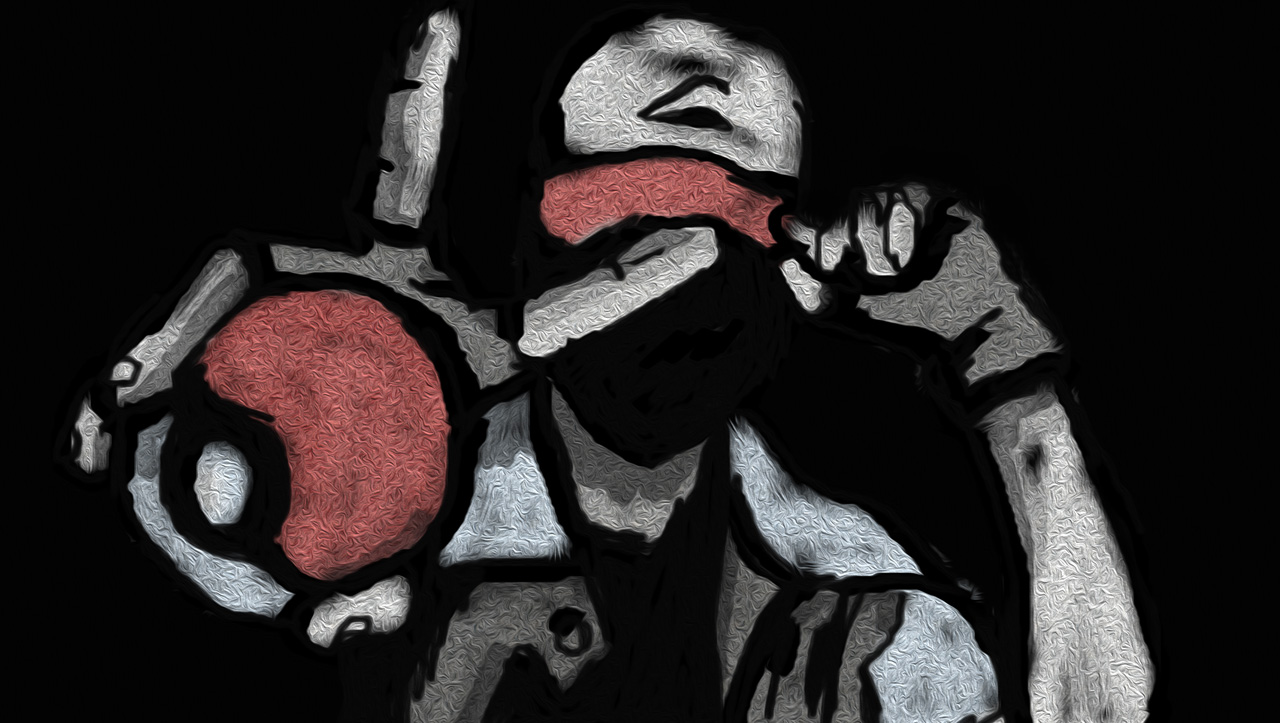
As the war raged on it was easy to forget that, only a few years ago, Pokemon and humans were friends. One man, however, refused to forget, and his words served as an inspiration for a generation. Ash Ketchum, former Pokemon champion, actively protested the wars, calling for peaceful negotiations between the two sides. Loyal Pikachu still at his side, he condemned both armies, apologizing for humanitys abuse and mistreatment of Pokemon, but demanding an end to Pokemon attacks. He was an inspiration, showing how humanity and Pokemon should function--stronger together than they are apart.
But this ray of light was met with an equally powerful darkness. Gary Oak, grandson of the late Samuel Oak and former childhood friend of Ketchum, also made headlines for his staunch anti-Pokemon stance. He saw the attack of the Hall of Fame as an illegal, unprovoked strike, and believed that humanity should restore Pokemon to their former status in the world. The two former friends were now on either side of a cultural war as the actual war raged on mere miles away.
Year 6: The Pokemons leader is revealed
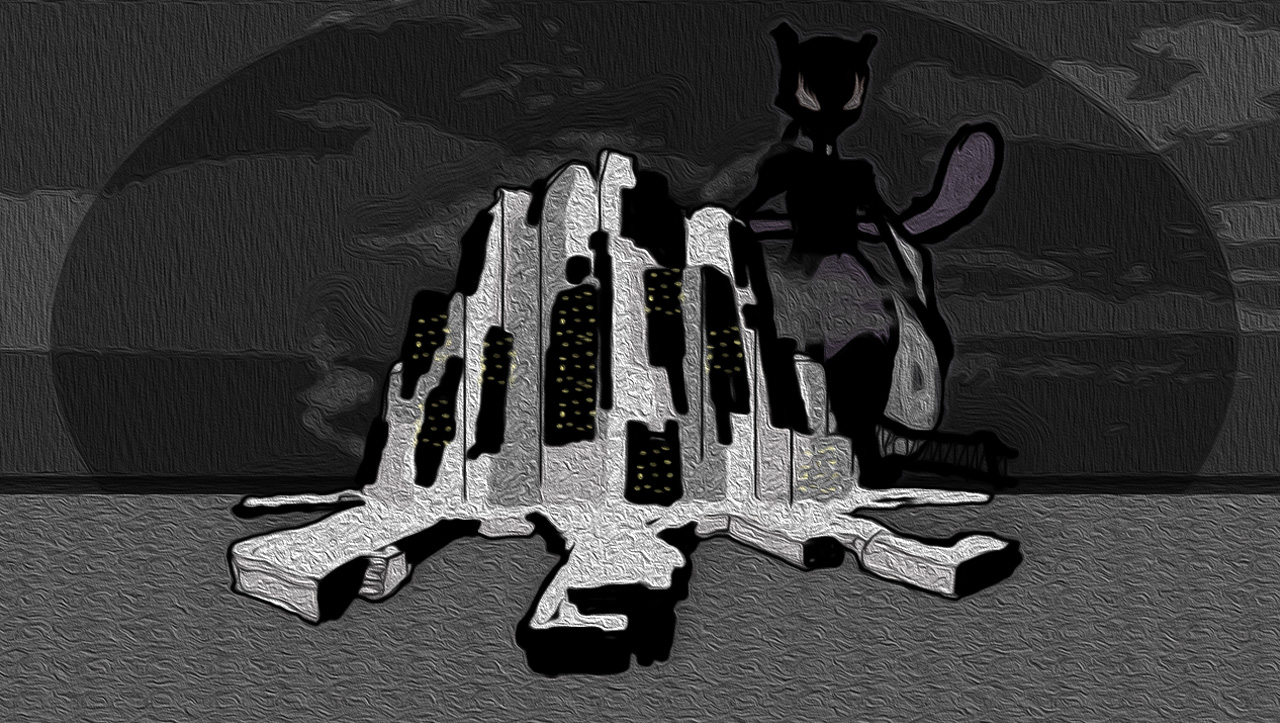
Territories were traded. Towns were lost, then won, then lost again. It appeared as though the entire war would be one big, bloody, casualty-filled stalemate. Humanity made some progress after finding sensitive information in an underground bunker where Pokemon were interrogating humans, eating their dreams and leaching their life, but their victories were soon overshadowed. After years of hiding, the leader of the Pokemon revealed himself, rallying his troops and leading a charge against the Unova region that saw the entire zone conquered in only a few months. Castelia City, the jewel of the south, was in ruins.
Their leader was Mewtwo, a legendary, psychic Pokemon of incredible power. A failed clone of the mythical Mew, Mewtwo held a resentment for the humans that created--and then imprisoned--him. He led several offensives, laying waste to human forces with relative ease while humanitys leaders hid behind suits and desks. Things went from bad to worse for the humans.
Year 7: Human forces win the Battle of Pallet Town

Every war has that one battle. That one massive, sprawling fight that both sides use to rally their troops. The winners point at it as a sign of hope, and the losers use it to inspire themselves to be better. For The Great Revolt, that was The Battle of Pallet Town. The relatively quaint (but geographically important) area of the Kanto region came under siege by thousands of Pokemon, but a small group of human soldiers held out for months. Though some fell in the battle, they took out dozens of Pokemon for every human life lost, and, eventually, turned the attackers away.
The men and women who defended that small town were seen as heroes. They were interviewed for every newspaper, put in front of platoons to give speeches, and promoted up the ranks of the human army. If a few hundred humans could take down a few thousand Pokemon, they actually had a chance of surviving--or winning--this war.
A wild foe appears (or: the Johto drinking song)

Monsters march across the land
A dark and morbid sight
With lucky gun in weary hand
We fight this war tonight
They scream their names and we scream ours
Their fires burn and waters flood
We never will put down our arms
Until we spill their Pokeblood
--author unknown
Year 8: Ash Ketchums assassination kicks off a witch hunt

On the 7th anniversary of the attack on the Hall of Fame, Ash Ketchum arrived on time to give a speech at the newly built memorial. He took the stage and began speaking, running through his typical tenets of peaceful protest and a union of the two species. During his speech, a young man (later identified as a staunch follower of Gary Oak) pushed his way to the front and threw out a Pokeball. A tamed Pinsir appeared, turned, and darted towards Ketchum, piercing his chest before being gunned down. But instead of seeing a bloodied corpse on the stage, his frantic followers found puddles of purple goop where his body once was. Ash Ketchum had been replaced with a shape shifting Ditto.
How far did this conspiracy go? How many others were replaced by Dittos? Could anyone be trusted? People were rounded up and tested, and several hundred civilians and government officials were revealed to be undercover Dittos, feeding information to the enemy while living among the rest of humanity. No one was safe. Gary Oak, disgusted by what his movement had become and refusing to submit himself to testing, went into hiding and never returned. Ashs Pikachu summarily killed itself.
Year 9: Humanity drops the bomb
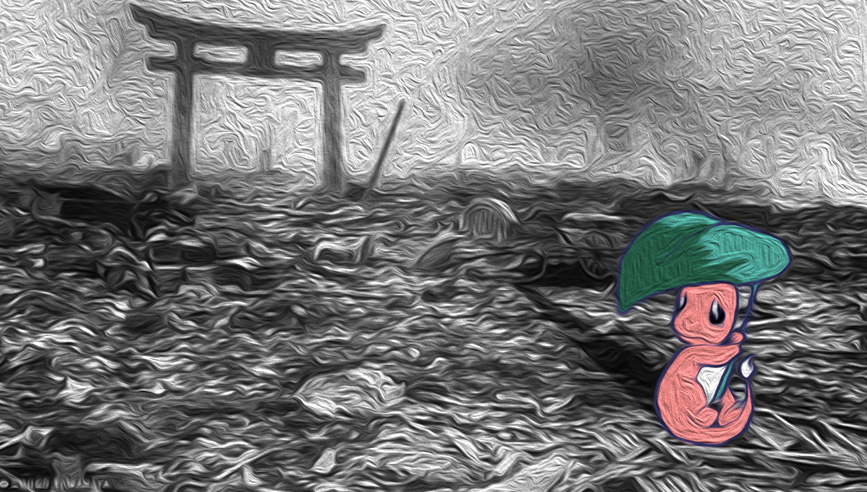
In humanitys desperation, they became the monsters they were trying to defeat. In a hidden, underground laboratory, scientists ran experiments on captive Pokemon, attempting to find a weakness. What they found, instead, was a weapon. Using the legendary Pokemon Heatran, humans constructed the most powerful explosive device the world had ever seen. And then they used it.
The Heatran Bomb, with the power of a concentrated volcano, was dropped on the now Pokemon-controlled Castelia City, leaving nothing but dust and ash where the massive metropolis once stood. Fighting stopped. Neither side made any attempt to contact the other for nearly a month. Peace didnt feel like it was supposed to.
Year 10: An uneasy ceasefire ends the conflict
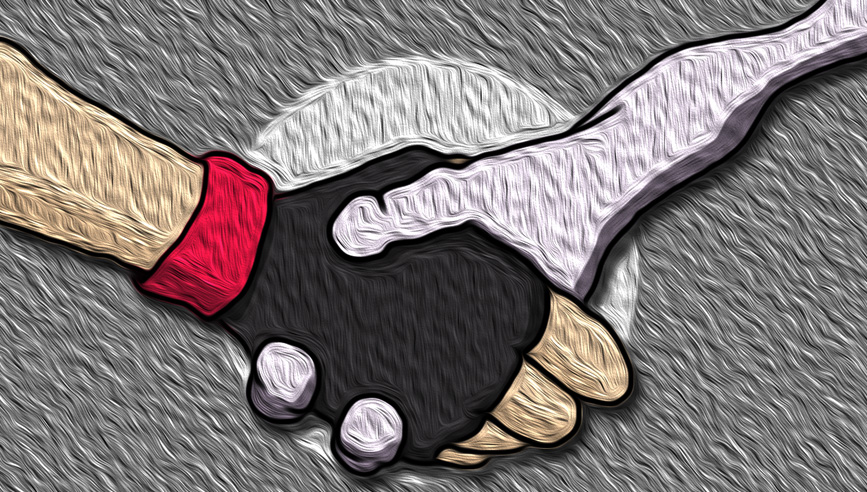
The world was, essentially, divided in half. Some continents had been completely abandoned by humanity, left entirely to the Noman Liberation Union, while others were guarded fiercely by massive armies. Battles still flared up, but there was a general decrease of conflict. The Pokemon, deprived of their Ditto intelligence network, lacked the necessary information to execute a large-scale attack on the now defense-oriented humans, and the human forces couldnt bring themselves to unleash another Legendary Pokemon-powered attack.
And so, the Noman-Human Peace Accord was struck, redrawing the world map to grant Pokemon a kingdom of their own. With a dash of ink, humanity began rebuilding its society by the sweat of its own brow, and the Pokemon, led by a contented, tired Mewtwo, began to explore what their new-found freedom would allow. Call it peace by convenience, call it an uneasy ceasefire, call it a ticking time bomb, call it what you will. They called it an end to the bloodiest chapter in the planets history.
The Pokewar to end all Pokewars
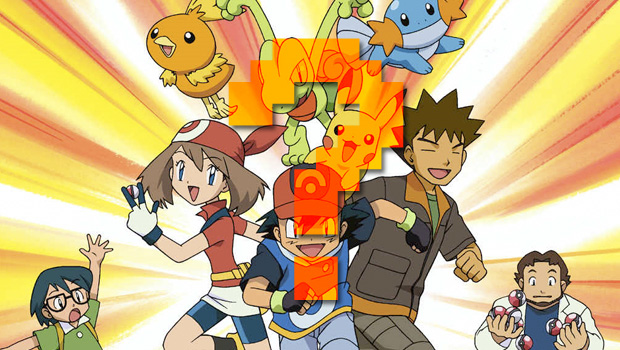
And so the war was over, for now. Everyone went back to doing their thing, and... thats actually all we have. What else might have happened had the Pokemon decided to rebel? We leave this up to you--so go forth, and write your own predictions!
And if you're looking for more, check out what would happen if Mario died? and how does Kirby's stomach work?.
Hollander Cooper was the Lead Features Editor of GamesRadar+ between 2011 and 2014. After that lengthy stint managing GR's editorial calendar he moved behind the curtain and into the video game industry itself, working as social media manager for EA and as a communications lead at Riot Games. Hollander is currently stationed at Apple as an organic social lead for the App Store and Apple Arcade.



